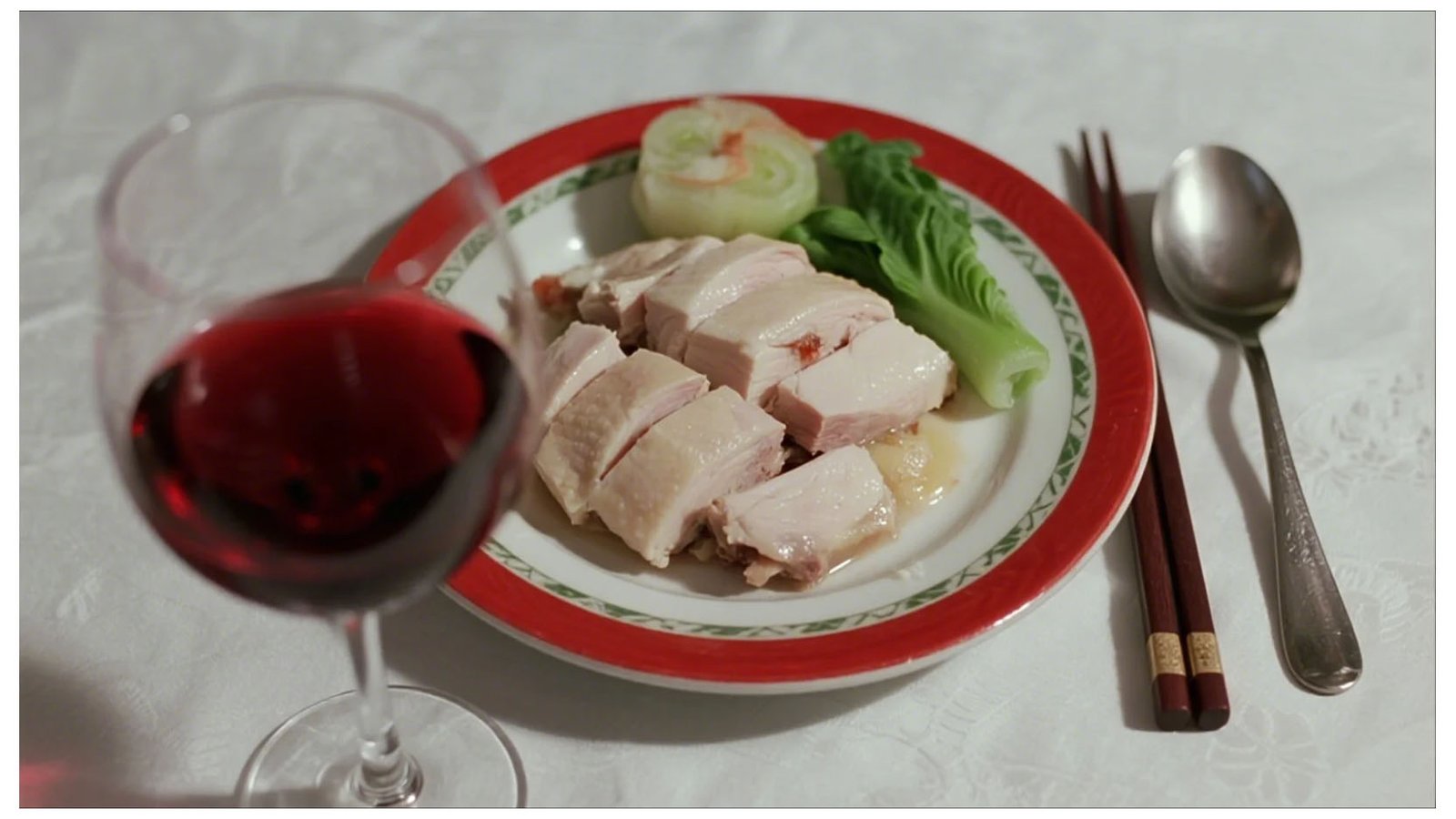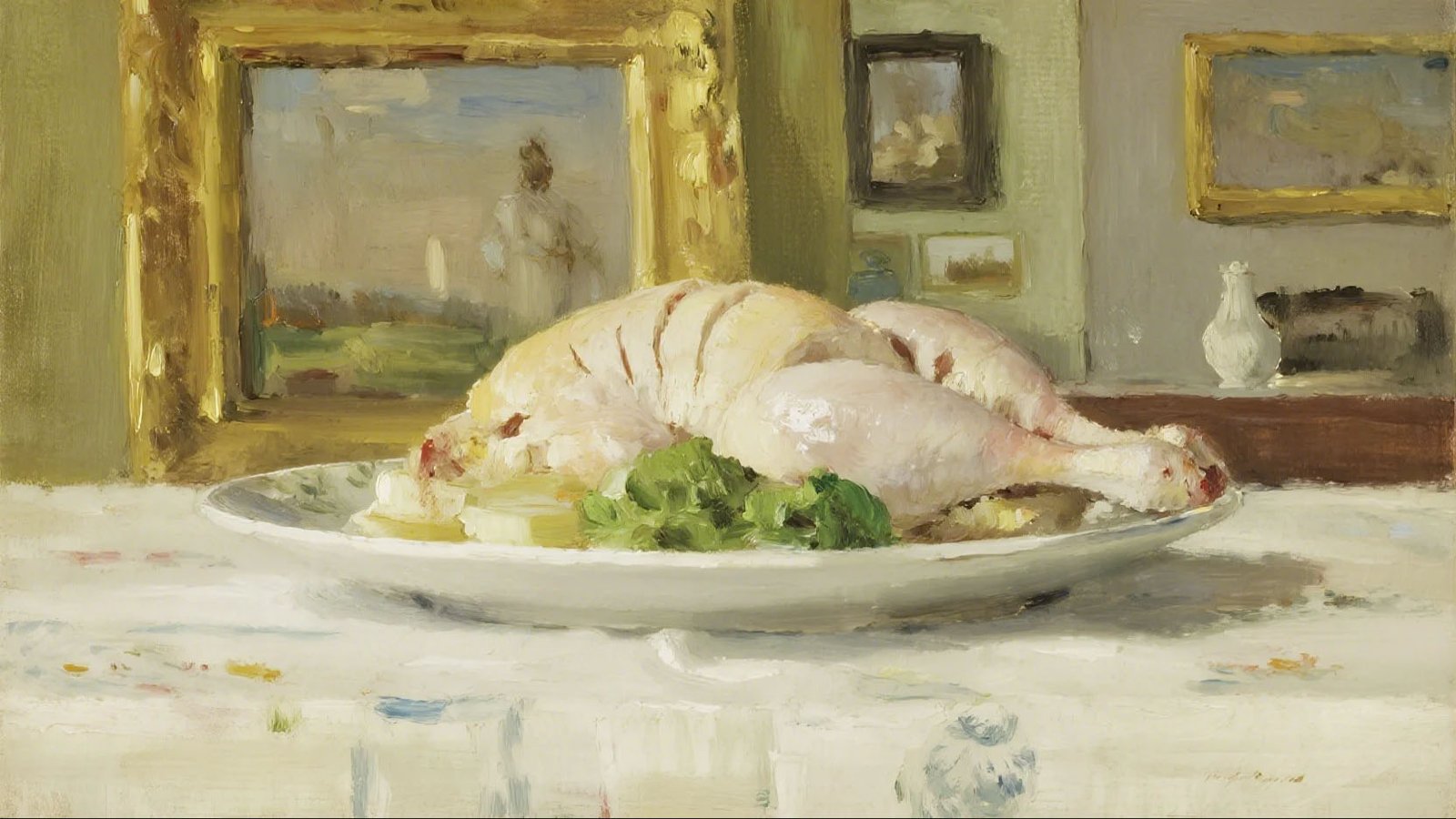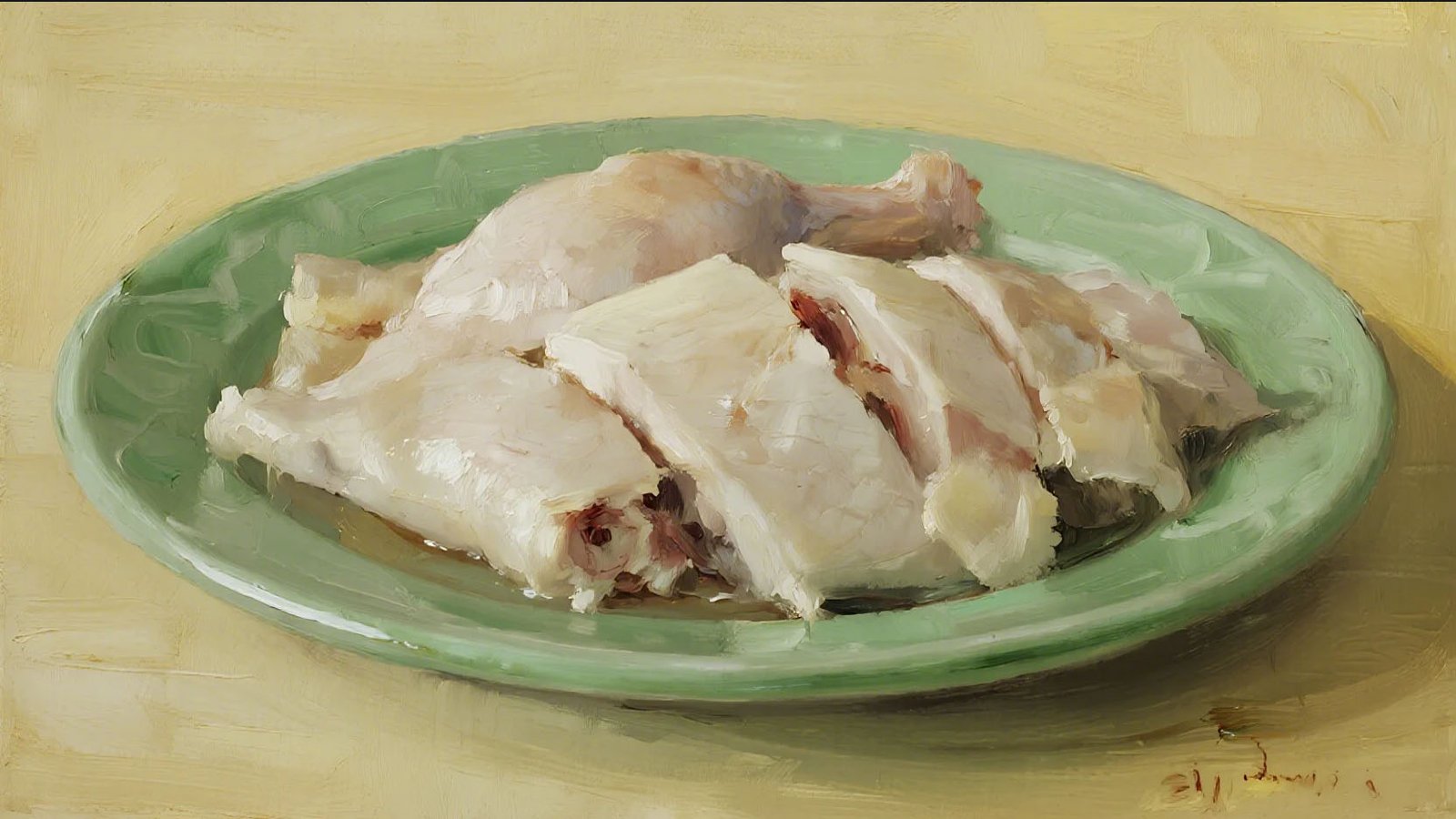Origins in Qing Dynasty Guangdong White Cut Chicken, or Bai Qie Ji, began in Qing Dynasty Guangdong. It showcases Cantonese cuisine’s focus on natural
Origins in Qing Dynasty Guangdong
White Cut Chicken, or Bai Qie Ji, began in Qing Dynasty Guangdong. It showcases Cantonese cuisine’s focus on natural flavors. Using free-range chickens, it became a family gathering favorite. The dish’s simplicity highlights ingredient quality over heavy seasoning. It symbolizes purity and tradition in Chinese culinary culture.
The Art of Preparation
Preparing White Cut Chicken requires precision despite its simplicity. A free-range chicken is poached with ginger and scallions. This keeps the meat tender and juicy. Cooking time is short to preserve moisture. An ice bath tightens the skin for a crisp texture. It’s served with a ginger-scallion dipping sauce.

white cut chicken
Cultural Significance and Symbolism
In Cantonese culture, White Cut Chicken holds deep meaning. Its pale appearance represents purity and integrity. It’s a staple at weddings and Lunar New Year. The dish ties to rural traditions, evoking nostalgia. Serving it shows respect for guests and honors heritage.
A Staple in Cantonese Dining
White Cut Chicken is central to Cantonese cuisine. It’s served in homes and upscale restaurants alike. The dish is versatile, appearing as a main or side dish. Its popularity spans globally, from Hong Kong to Western Chinatowns. It introduces newcomers to Cantonese flavors.

white cut chicken
Modern Adaptations and Global Reach
White Cut Chicken has evolved while staying simple. Chefs use organic chickens or add herbs to the poaching liquid. New dipping sauces, like chili-soy, appeal to diverse tastes. It’s a menu star in cities like London and New York. This adaptability keeps the dish relevant worldwide.
Join the Journey
White Cut Chicken reflects Cantonese culture’s heart. Its Qing Dynasty roots inspire chefs and home cooks today. Ready to dive deeper? Contact us at info@allwinchina.org to contribute or join our community. This legacy thrives with your input—what part of Cantonese cuisine excites you? Share below!



COMMENTS